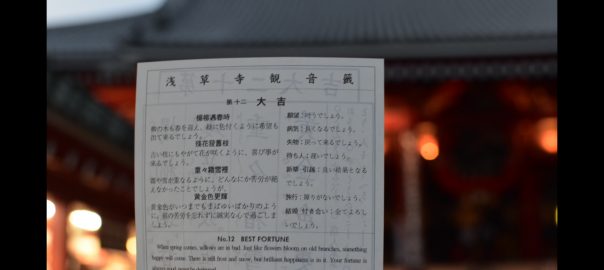Hello there, I hope you are doing well.
Some are already enjoying their summer vacation, but some will take it later. What are your plans?
https://japantoday.com/category/national/anti-mask-group-in-tokyo-slammed-for-cluster-festival
In Japan’s most recent news, their’s a social group that holds events called “cluster festivals”. Here, they gather people and encourage them not to wear masks. Their slogan says, “Coronavirus is just a cold”. It’s frightening because this puts others at risk, as well as parents who support this movement, encourage their children to take part in it, too. Japanese people wear masks out of respect for others, so that they wouldn’t pass it on to others, so this is a clear rebellion against a Japanese custom. What do you think?
ー初めにー
Today’s Rebus:
Here’s a brief explanation of the hints:
As you can see, the word “in” is in between the word “job”. In other words, we can say “in between jobs”, which is a phrase used when you’re unemployed are looking for another job. Were you able to get the answer?
Here’s for this week’s rebus:
12:00T
HINT: So you have your breakfast. After that, you’ll grab lunch. For me, I usually cook at home before leaving for work, or I grab a salad bowl somewhere. But after lunch, you would get (12:00T) with some snacks for extra energy before dinner.
I’ll reveal the answer next week!
ー続いてー
Today’s ESL Recommendation:
Sometimes when you watch a video or listen to a recording, aren’t there times when it’s a little difficult to understand what it’s about? The resource above called “Otter.ai” would help you transcribe recordings and videos! Simply log in and upload the file and it would do its magic! You can also add notes to it, in case you need to remember some things that might be important later. It doesn’t come free, though, so use it at your own discretion.
Good luck and I hope this helps!
Here is this week’s study music:
ー最後にー
Today’s Column:
New Zealand has recently celebrated its 100-day virus free milestone. They have reported that for a hundred days, their country has not had a Coronavirus case. One thing that contributes greatly to this is that they have closed their borders for quite a while now. That means no one can come in and go out of NZ. Together with them, Taiwan is also celebrating the same occasion.
Remember to take care of yourself and stay safe.
Ryo








